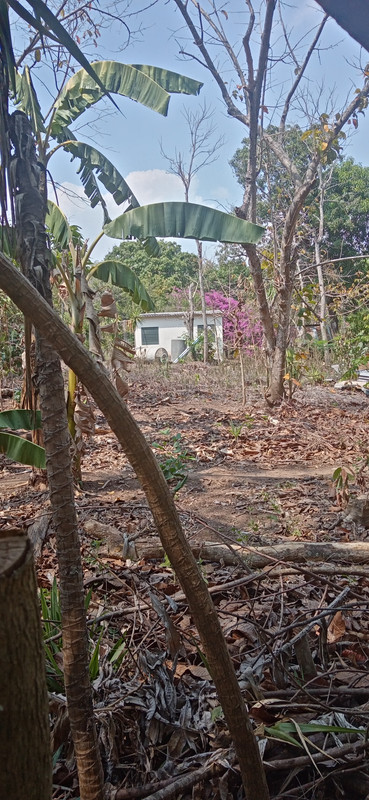Pure speculation;
If a utility primary wire were to fall and make contact with the service line going into a house, the higher voltage of the primary line would be too much for any protective device in the house to interrupt, even if it did try to. The high voltage would just jump the gaps and energize every wire inside of the house. Then, every switch and receptacle and junction box in the walls would instantly become an arc point, so essentially turning the entire wiring system of the house into a huge set of incendiary devices simultaneously. In an old house with super dry framing members and wood siding would be completely engulfed in flame in a matter of minutes.
On the utility side, primary lines would have protection breakers on them, but may have had what's called a "recloser", a system by which they attempt to restart the lines over and over in case the cause was a tree limb or something that may burn away, so they can keep everyone from having a long blackout. So repeated reclosings into that crossed line would exacerbate the fire starting capability.




